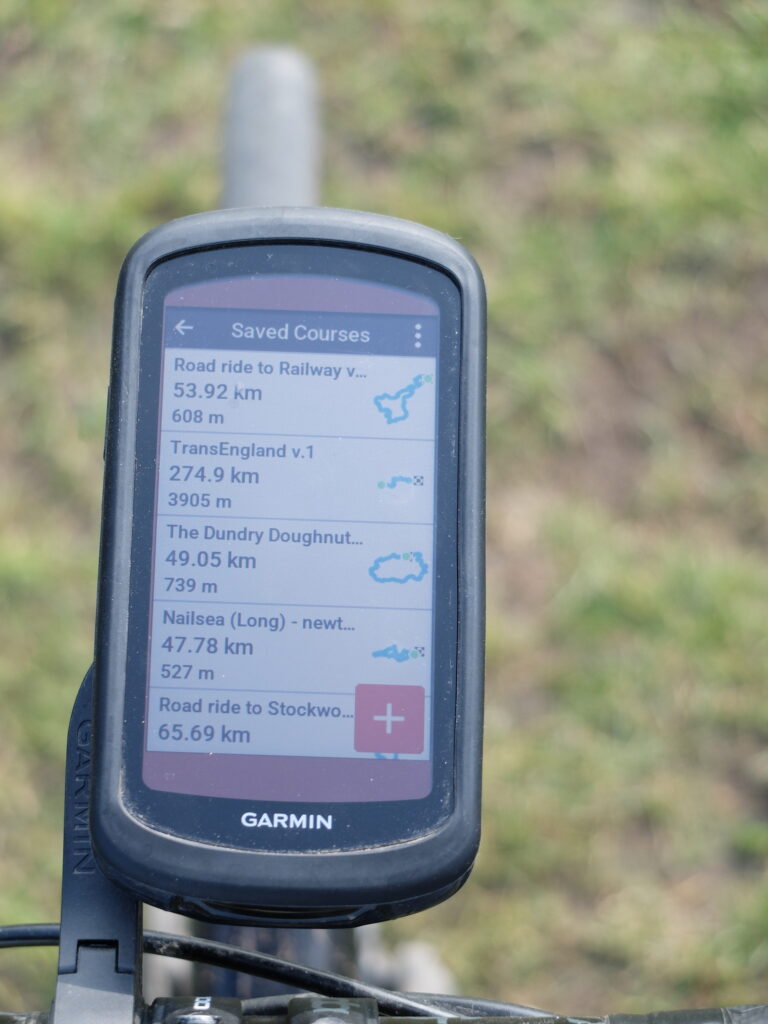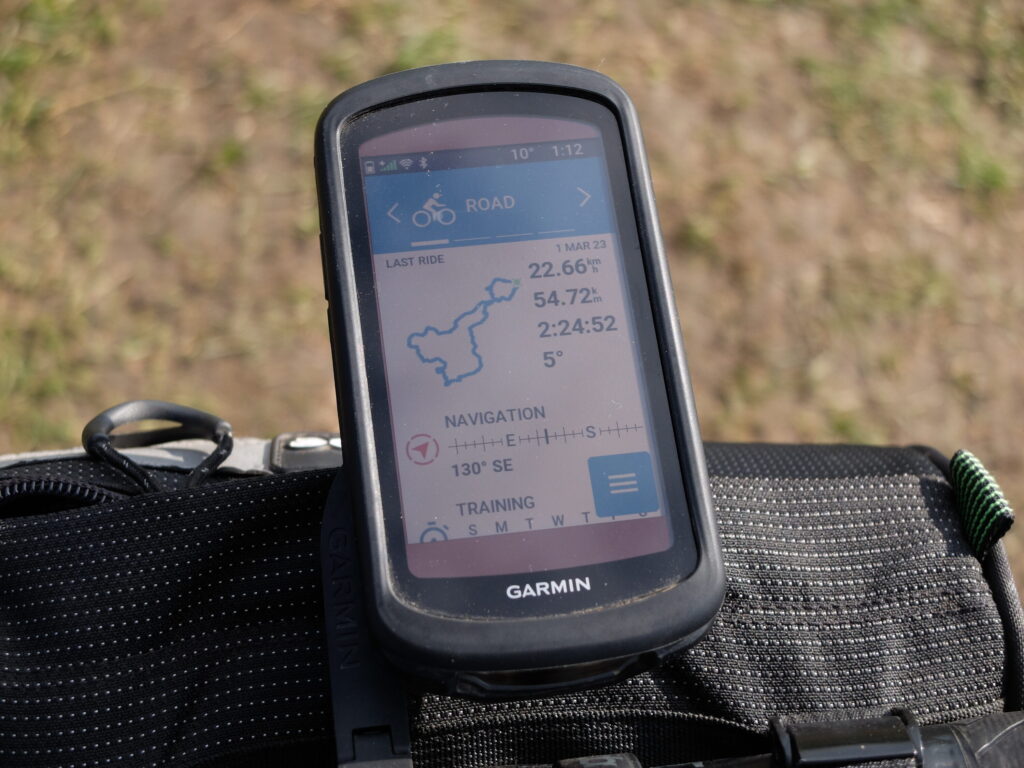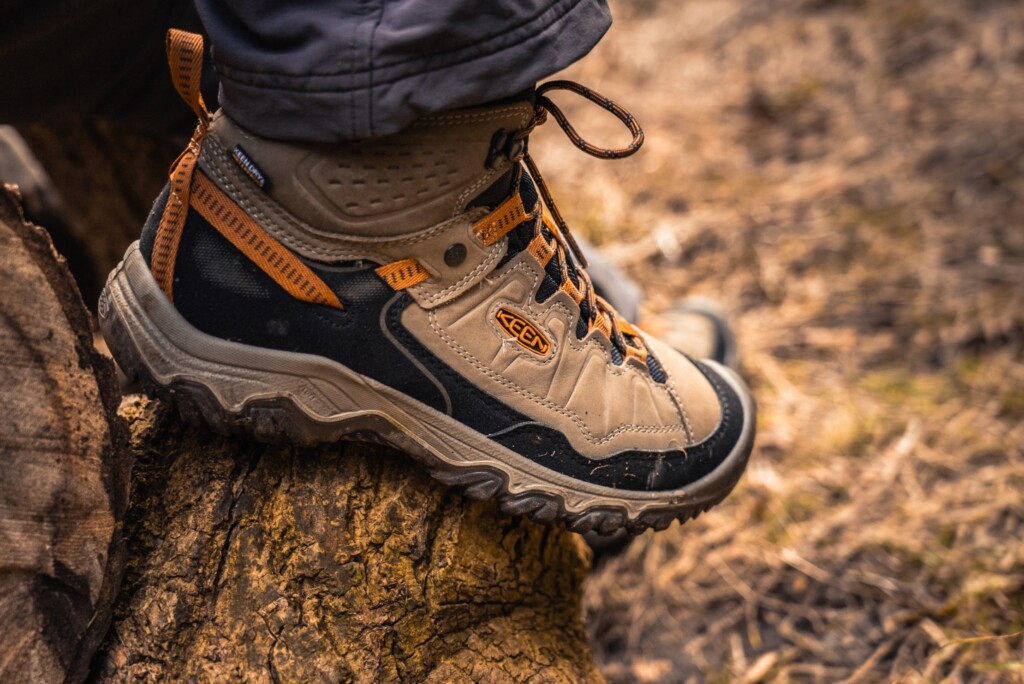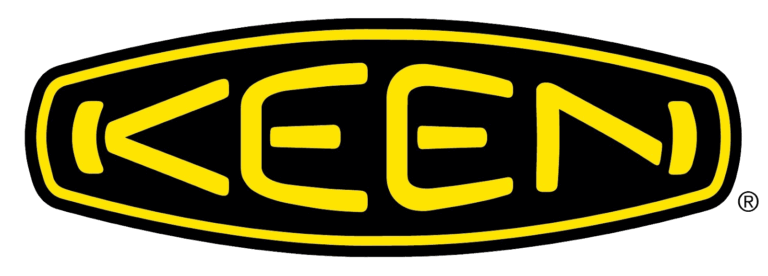Our Verdict
Possibly the most powerful bike computer on the market, the Garmin Edge 1040 Solar is a fully featured, top of the range, solar powered GPS unit. Ready for any bike and any type of cycling, it’s battery life is incomparable, it’s features highly customisable and the experience user friendly. Aimed at high performance endurance athletes, the endless features are likely to be overkill for a lot of more casual cyclists.
All products featured on BASE are independently selected by our editors. However, when you buy something through our retail links, we may earn an affiliate commission. Here’s how it works.
| Battery Life | Up to 100 hours |
| Screen Dimensions | 88.9 mm |
| Weight | 133g |
| Storage | 64 GB |
| Constellations | GPS, GLONASS, Multiband GNSS |
Pros
- Unbeatable battery life
- Solar power top up
- User friendly
- Big display
- Very customisable
- Reliable
Cons
- Big
- Expensive
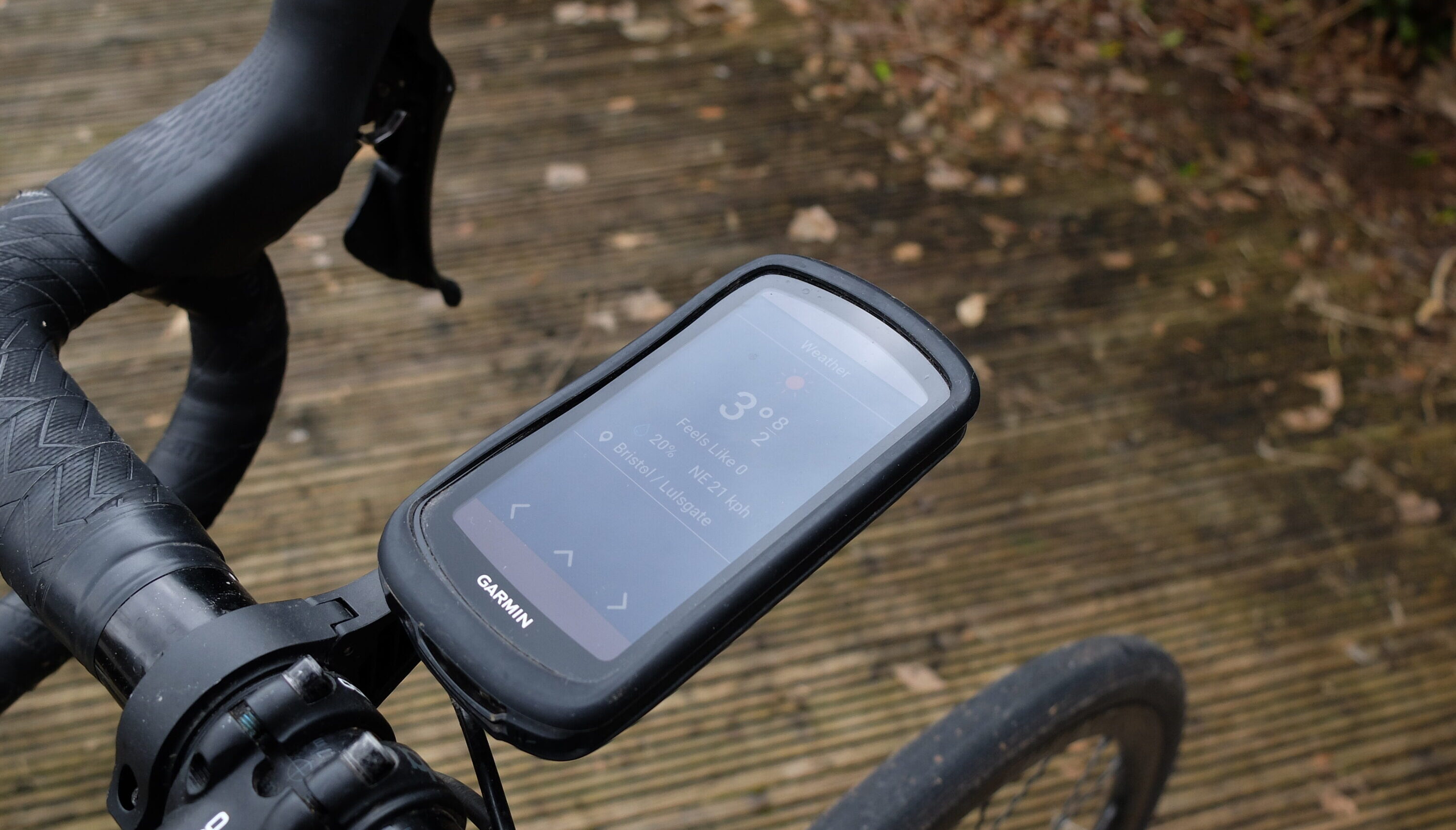
What I’m Looking For
I ride my bike a lot, and when I’ve got the legs for them, I like to ride long distances and for back-to-back days. For me, using route planning apps like komoot or RidewithGPS has really changed the way I ride, as such I get a lot of use out of my head units.
While I ride pretty frequent laps close to home, for me the real joy in cycling lies in long journeys. I absolutely love bikepacking and cycle touring and am increasingly using my annual leave to enter ultra-endurance self supported bikepacking races and rallys across interesting parts of Europe. For these, I need a GPS unit I can really rely on. I’m after something that will last riding from sunrise to sunset and then some (ideally back to back days) without rinsing an entire battery pack. A clear screen, big enough to show some real detail in the map and user friendly experience that I can follow even in the depths of exhaustion are all vital elements.
I’ve had several smaller GPS units previously, from the Lezyne Super GPS to two iterations of the Wahoo Elemnt Bolt. I’ve killed two of these in harsh weather conditions and another fried off the mains when it was charging. So I’m after a sturdy unit, something I don’t need to be concerned about riding in the harshest of weather.
As I increase my training load now coming into spring, it’s super handy and motivating to be able to set goals and analyse my training and progress.
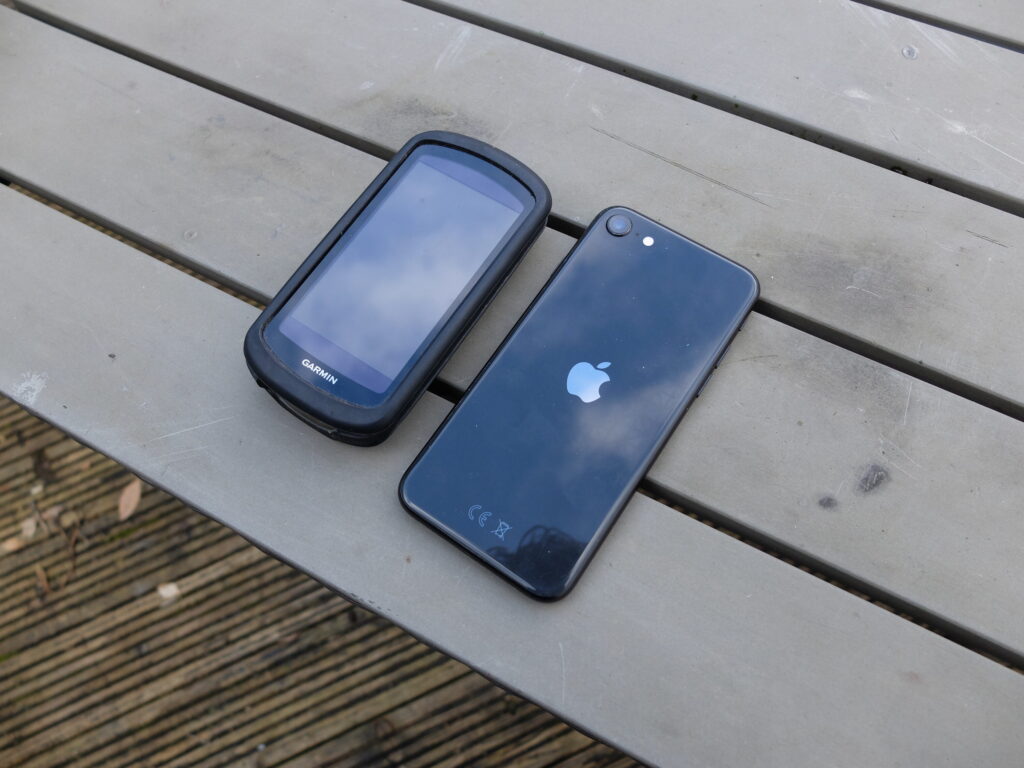
First Impressions
This thing is pretty big (59.3 x 117.6 x 20.0 mm) comparable in size to my I Phone SE. And with that it’s not super light –133g vs 68g for the super the popular Element Bolt) down to its large memory, unbelievably large battery capacity, solar charing panels units and large screen. Speaking of which, the screen itself is huge, taking up almost the entire unit, but for the aforementioned two strips of solar above and below.
The body of the device feels really well made and from high quality materials. It comes with a neat rubber case and the closure for the charging port at the bottom of the device is metal and solid. Having broken several rubber closures in the past, causing the death of at least one device, the solid closure is a particularly welcome condition considering the price of the unit.
The test
I’ve been using the Garmin Edge 1040 Solar now for about three months, mountain biking, gravel riding and road riding. Thanks to it coming with several different mount attachments I can really easily swap the device between bikes without faffing around with shifting the mount. Different profiles on the unit also mean I can tailor the screen and my data for the style of riding on the day too.
This is by far the largest, most sophisticated and poweful cycling GPS unit I’ve used. Those things considered, I’ve been surprised at how user friendly it is, getting to grips with the necessary features on both the unit itself and the accompanying app.
I’ve loved also using the map in a different way than you can with most devices. The screen on the Edge 1040 is so big and the map so detailed that you can literally just find your way as you go, taking diversions here and there and exploring new routes I’d ordinarily check out on my desktop at home.
Thanks to the time of year, I’ve not really had the chance to use the 1040 on multi-day trips anywhere really remote – which I feel is where it’s going to really excel for me. Even with such regular use though (on average three rides a week) I’ve barely had to charge the unit and have always been super confident it’ll outlast the ride.
By far the largest, most sophisticated and poweful cycling GPS unit I’ve used
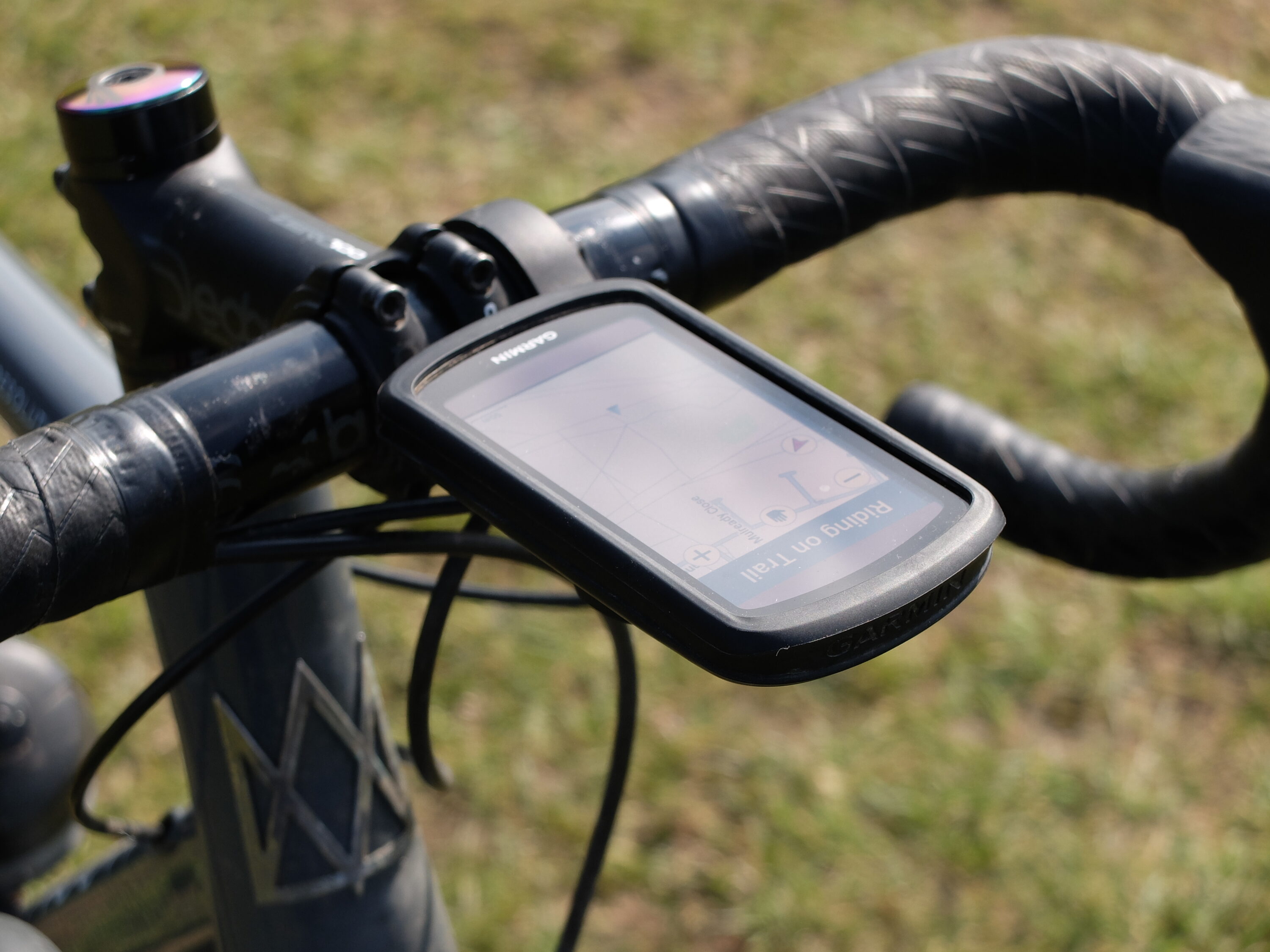
Who is this Device for?
There’s a huge amount of features available on the Edge 1040 Solar, far more than I’ve really had opportunity (or felt need) to explore during this test period. From setting detailed personal training plans, on device routing on the fly, E-bike and smart trainer compatibility connectivity, group ride tracking, automated training plans to fit your own personal goals, there’s a huge amount on offer.
But for me, there are three elements in which the Edge 1040 stands out: battery life, solar and mapping / navigation. These are what make it so well suited to those multi-day adventures in challenging and remote terrain. The stuff of adventure cyclists’ dreams.
Maximise performance, to go further and for longer with the most powerful and connected cycle computer available
Undeniably though, whatever your intended use of the Edge 1040, to make the most of this unit, you’ll be someone looking to really maximise performance, to go further and for longer with the most powerful and connected cycle computer available.
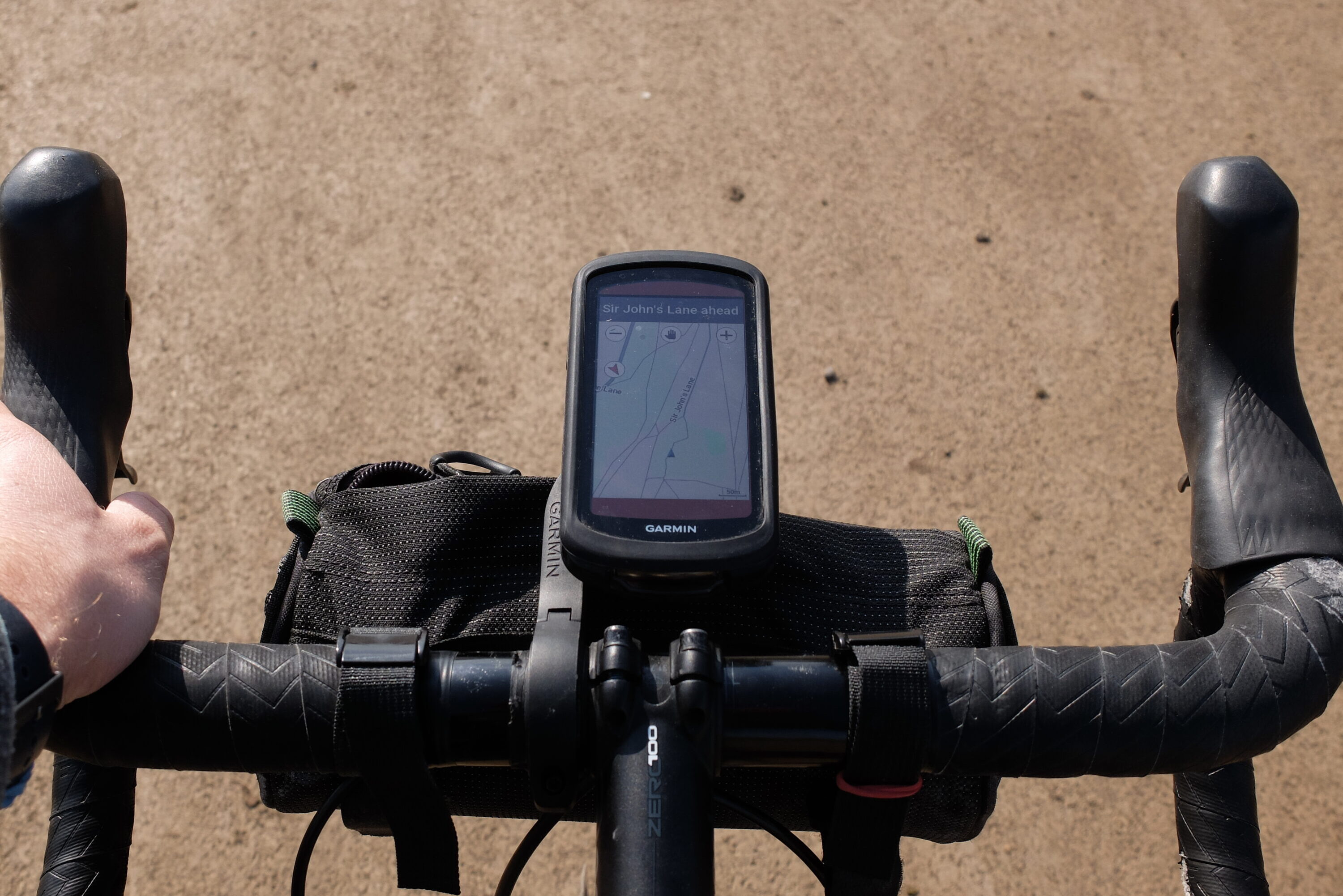
What Stands Out?
Battery Life
The battery life on the 1040 is immense. Garmin claim 45 hours of battery life in demanding use and up to 100 hours in battery saver mode! I can’t say I’ve managed to test the battery life to anywhere near its full capacity yet – but a three day trip in the Brecon Beacons after which I sill had more than 50% left. With serveral bikepacking trips and races lined up for later in the year, it’s exciting to think GPS battery is one less thing to think about.
Solar
Ok, as many of my riding pals have been keen to mention, living in the UK- how useful is this really? The 1040 is really good at displaying both sun intensity and minutes gained, and riding through the darker months, I don’t think I’ve gained more than about 20 mins from solar, but that in itself is pretty cool.
With full intensity Garmin claim it can extend battery life up to 42 minutes per hour in battery saver mode. Ideal for a bikepacking tour and subsequent race I’ll be taking on in Spain later in the year!
Maps
Riding with such a detailed map showing not only different road and path types clearly, but also popularity of route (great for detecting the best roads and trails) and also amenities like grocery shops, hospitals or bike shops is a game changer for extended trips, mixing the best elements of a smartphone with a GPS device, available in one unit.
Using multiple satellite constellations, navigation (including off road) is remarkably accurate even under tree cover. Maps designed for specific ride types make it easy to locate the best roads and trails.
Take a wrong turn and the device will give you the option to reroute, which it does incredibly fast as is loading a route from a phone or computer.
Size
I’ve copped a few cheeky jabs from friends referencing the iPad when I’ve turned up for rides as this thing definitely stands out. The 1040 is certainly no small inconspicuous device and I’m definitely slightly conscious of having it swiped from my bike when my back is turned.
That said, there’s a lot of information to be displayed and there’s no way that map would be usable on anything much smaller. If size is the price to pay for a long lasting, solar powered unit, I’m all in.
Training Aids and Analysis
There’s a huge amount of data at hand on the 1040 and its accompanying app Garmin Connect that will be valuable for any rider looking to progress.
Stamina insights track fitness and are able to provide a live estimate of what you have left in the tank, which can be incredibly useful to inform both fuelling and efforts. And while many riders will opt to sync with apps such as Training Peaks, Garmin Connect can provide daily workout suggestions to help you reach your own personal goals.
One of my favourite features of the Edge 1040 though has to be Climb Pro. During a detected climb on your route, the screen will automatically switch to the Climb Pro screen providing detailed data as to remaining ascent, gradient and distance to help motivate and also correctly pace the effort.
Customisation
A huge amount of customisation is available and I won’t dive unnecessarily deep into the options here. But one element I really like is pre-set customised ride type profiles. So, for example: road, gravel, mountain or indoor. For each of these ride types you can set customised screens to focus on the data you require for each type of riding.
Touchscreen
Touchscreen units can be a bit divisive due to how they perform in the wet and also wearing gloves. With that in mind it might be useful to have the option of a few buttons to select and swipe through menus. On a warm, dry day though, swiping through the menus directly on the screen is a delight and operates with the familiarity of a smartphone without getting lost in menus.
Automatic brightness also ensures you can always see the screen without the fear of wasting unnecessary battery life (not that you’re ever short of that).
Connectivity
In every sense, the connectivity available with this device is everything you could hope for: high speed satellite communication with various constellations, super quick bluetooth phone connection, ANT+ (for heart-rate monitors and power meters and WIFI.
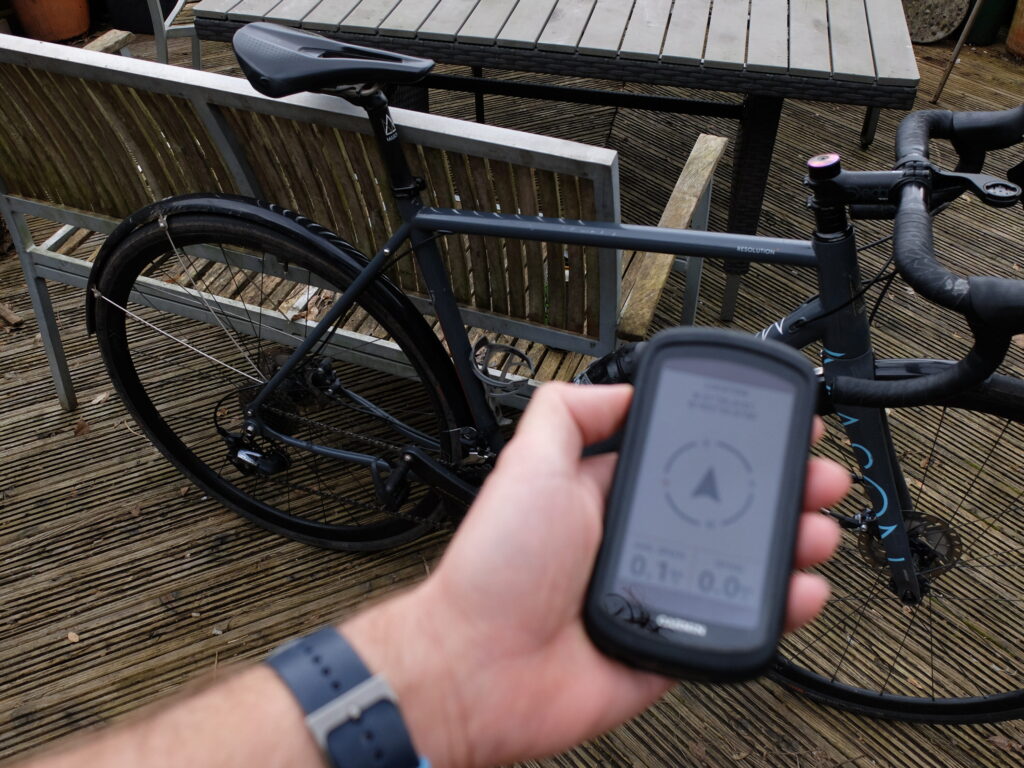
Value For Money
Ok, £629.99 is no small amount of money, particularly when basic models are available under £100. So then, it really comes down to a matter of requirements. If you’re an ultra distance cyclist looking to really streamline your kit, the huge battery capacity and additional solar charging is a great way to mitigate extra battery requirements.
Rather than is it worth the money? the question the Edge 1040 Solar leaves me with is more along the lines of is it all necessary?
The 1040 is also available as a non-solar option which will save you a cool £109 and still boasts as much as 70 hours of battery. If you’re an athlete looking to get the most out of your performance and training but really long distance isn’t your thing, then this is a great option too!
While both units are definitely still among the very upper reaches of expensive bike tech, it’s likely in the coming years that this technology will trickle down to future versions of the Edge 830 and 530 respectively. For bikepackers who might be perhaps after more simple devices when it comes to tracking performance but with the benefit of far superior battery life – those are going to be units to look out for.
BASE Bottom Line
While this probably is the most advanced cycle computer on the market, I am aware that I currently use just a fraction of its full capacity. The battery life and reliability for long days spent on unknown terrain, however, do put this device head and shoulders above the rest of the field.
Personally, I’d love to see Garmin produce a slightly stripped back computer that holds comparable battery life, mapping detail and solar power offered here, but in a smaller more wallet-friendly package. If we see the highlight technology from the 1040 make its way towards the next models down though, this could well be exactly what we see in the coming years.
All in all, the Garmin Edge 1040 Solar is an excellent device and that excellence comes at a price – one that for many will put it out of reach. But for those really looking to push their own performance, get the best battery life on the market and know they have the most connected and powerful GPS on the market, there possibly is no competition, if you can stomach the price tag.
Don’t miss a single adventure
Sign up to our free newsletter and get a weekly BASE hit to your inbox
Other posts by this author
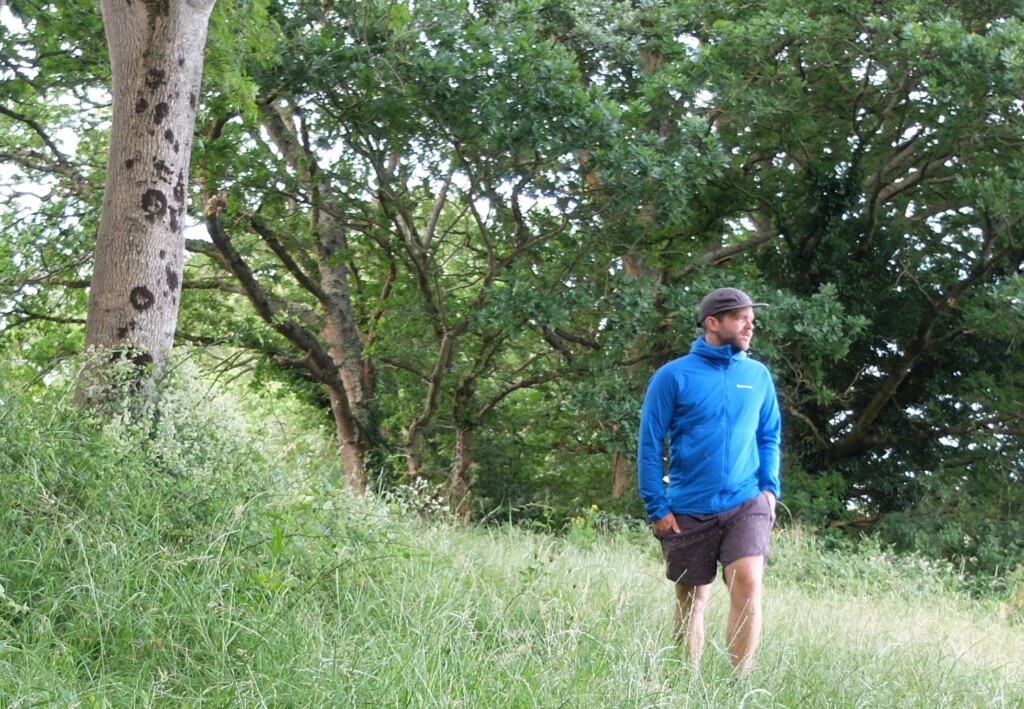
Review • Chris Hunt • Jun 27, 2023
Review: Montane Fireball Lite Hooded Jacket
Versatile mid-layer designed for active fast and light adventure
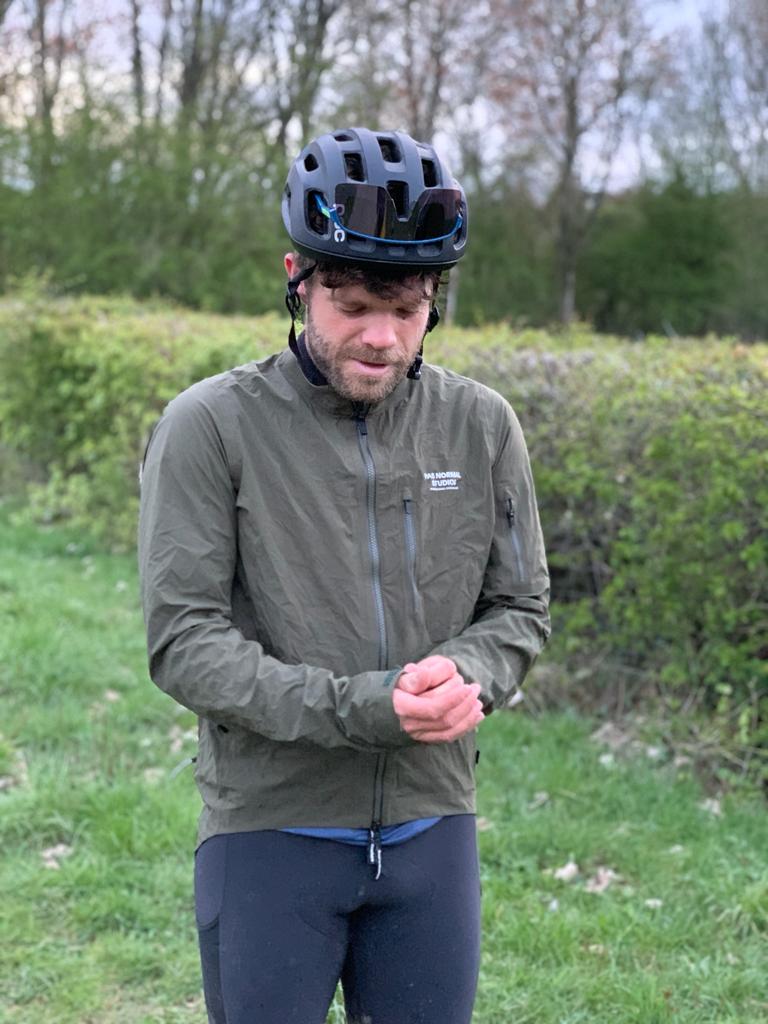
Review • Chris Hunt • Jun 23, 2023
Review: Pas Normal Studios Essential Shield Waterproof Jacket
Premium waterproof cycling jacket
You might also like
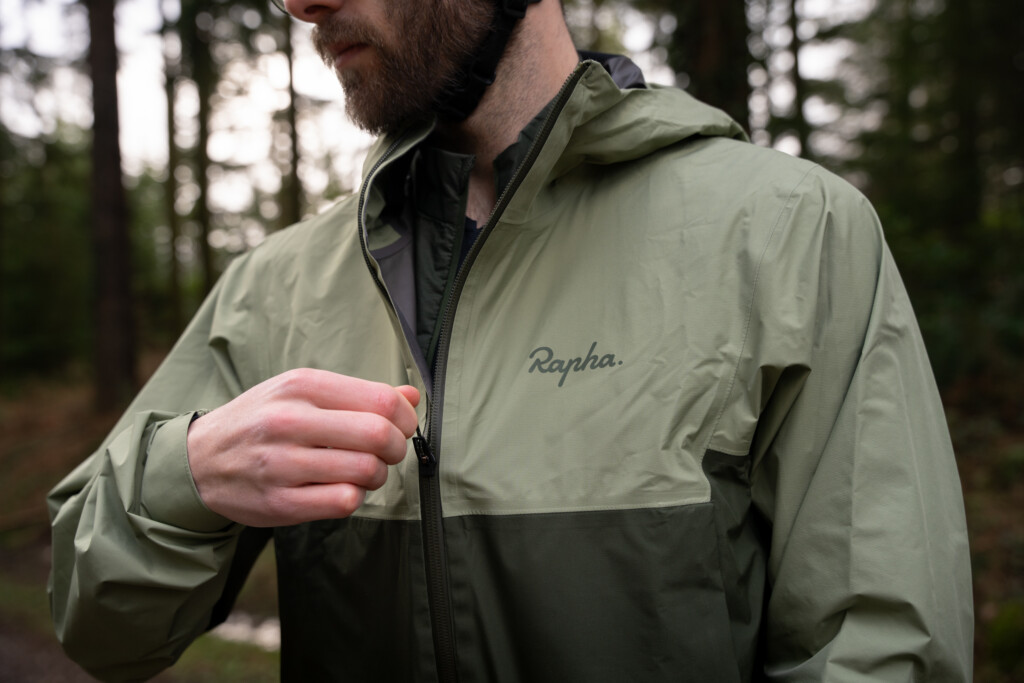
Review • Sam Firth • Jun 26, 2024
Review: Rapha Men’s Explore Lightweight Gore-Tex Jacket
A lightweight and versatile waterproof jacket that packs down to a tee.
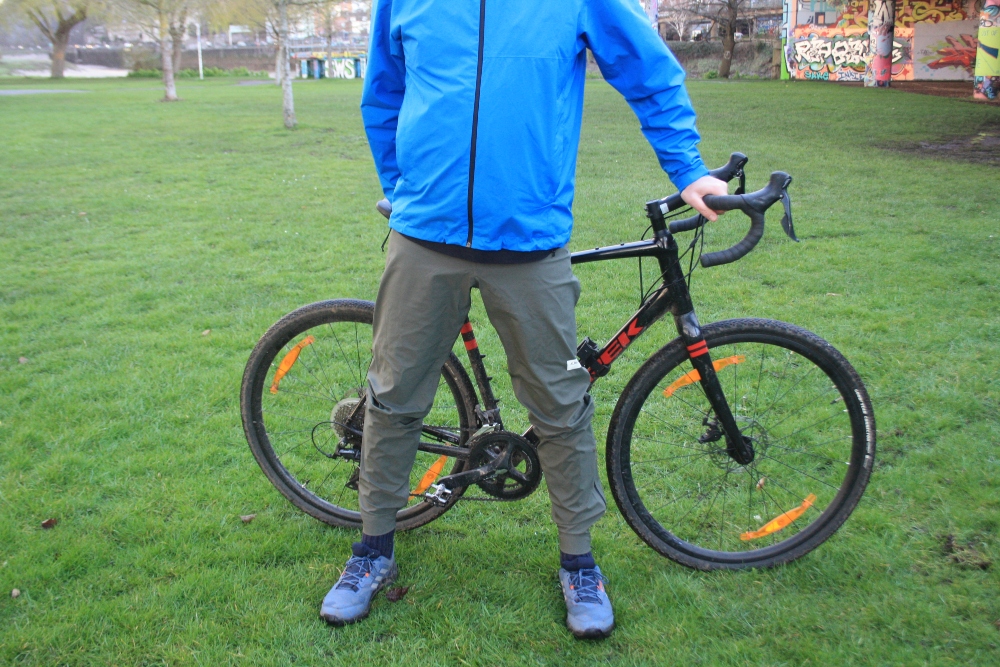
Review • Matthew Pink • Jun 29, 2023
Review: Albion Zoa Rain Trousers
Waterproof trousers for on and off the bike
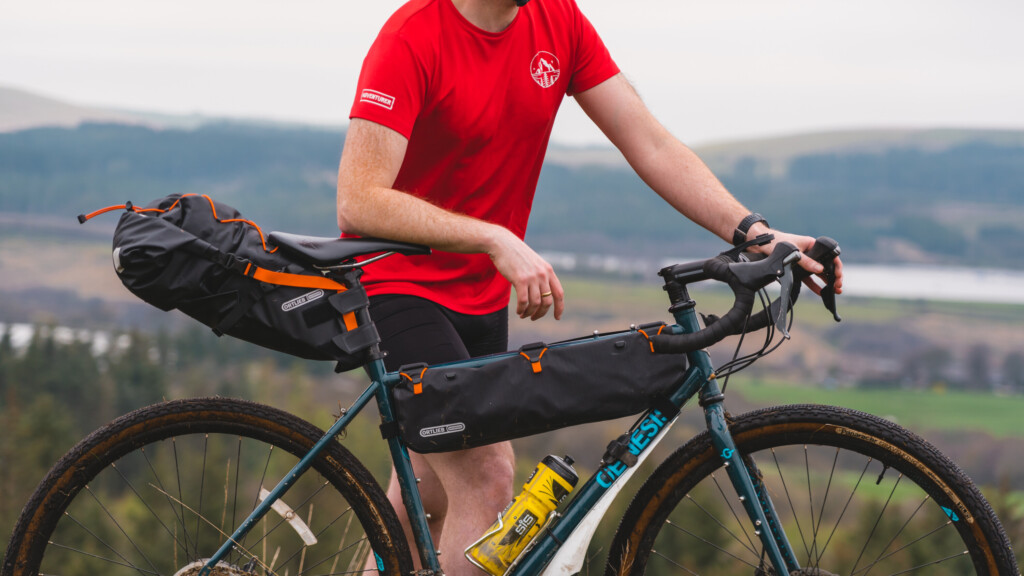
Review • Jonathan Doyle • May 17, 2023
REVIEW: Ortlieb Seat-Pack 16.5L and Frame-Pack RC Top Tube 4L
The Ortlieb Seat-Pack and Frame-Pack RC can be relied upon whatever the weather and riding conditions throw at you

